Flow meters are a very important part of industrial instrumentation. Almost every process in an industry requires a flow meter and it does not function without it. What amount of liquid or gas is flowing, is a very important parameter because it helps in determining other process parameters. So, understanding flow meters is necessary for learning instrumentation.
Flow meters are worked by their elements in it. Almost everyone gets confused between the flow meter and the flow element. It is to be noted that an element is a part of the whole flow meter.
In this article, we will learn the concept of the flow element and understand its different types.
What is a Flow Element?
Suppose a pipeline has a flow meter installed on it for measuring liquid flow. For a flow meter to sense the actual amount of flow, some property must be present inside it that can be directly related to the exact flow.
For this, a flow element is present inside the transmitter which actually produces a physical property proportional to the flow. It can be anything, like pressure for example. A pressure drop produced is a function of the square of the volume rate of flow.
So, a flow element is the main sensing part of the flow meter which creates some other form of physical change to directly correlate with the rate of fluid flow.
Types of Flow Elements
As discussed in the theory of flow element, it creates a physical action proportional to the flow. So generally, three types of actions are produced and used in mostly all industries – differential pressure/head, velocity, and mass. Each of these types has their sub-category of flow elements in it.
Let us understand each type one by one.
Differential Pressure/Head
In this Differential Pressure Flow Meter, flow is sensed by creating a pressure difference in the line. It is done by putting an obstacle in between, and any obstacle instantly creates a pressure/head difference. This method of putting an obstacle determines the types of flow elements.
Let us see its types one by one.
Orifice Plate
The orifice plate is one of the most used types of flow elements. It is a circular type metal element, with a hole in between. This hole is inserted inside the pipeline. The holes come from both ends of the pipeline, which narrows the path of flow in the pipeline.
The pressure before the hole area is smooth and normal, but the pressure in the hole area suddenly decreases due to a decrease in area. The speed is more in the hole area and less in the hole area.
This pressure difference will always be there, and depending upon the flow of the media, the pressure difference will vary. This differential pressure is directly proportional to the flow of the media.
Venturi Tube
The Venturi element consists of a tapered tube with a narrow throat in the middle. Its functioning is almost similar to the orifice plate, but the difference is that restricting the flow in the orifice plate area is in a very large way, and this throat-like structure measures flow rate by diverging as well as converging sections.
Due to this, the venturi tube is inflexible with changes in flow rate; and the orifice plate is very flexible and convenient as per different flow rates.
Basically, the venturi also creates a low-pressure area through the restrictions provided by it; but the orifice plate is more flexible in this way due to it’s design. However, the venturi tube is highly suitable for larger flow rates due to less amount of losses.
Flow Nozzle
The flow nozzle is another type of pressure difference element, where you get more flexibility than the other two types discussed. It is also called a half venturi due to its design. As you know, the nozzle looks like a cone; a larger upper area and a smaller lower area.
The same principle is applied here. It has three areas – convergent, throat, and divergent. Converging is the main entrance area, where the area is reduced gradually to decrease pressure and increase speed. The throat is the main working area where pressure is low and speed is high.
As the fluid starts to exit, a small divergent area starts to increase pressure once again and decreases speed. This differential pressure is measured to calculate the flow.
Pitot Tube
The pitot tube is a very different method of differential pressure. In this, an L-shaped thin tube is inserted inside the pipeline. This is the first opening. The second insertion is directly inside the pipeline. The instrument then measures the difference in both these openings.
The direct one is static and mostly has the same pressure, but the L-shaped one is dynamic and as the media enters this tube, pressure decreases and speed increases. The difference in both these pressures is then used to determine the flow rate.
Velocity
This is a simpler type of flow element. This method uses a cross-section of the pipe area multiplied by the fluid’s velocity. Indirectly, you see that the area does not change, but velocity does.
So, by measuring the velocity of the fluid, you get a direct correlation of the flow of media. Let us see its types one by one.
Magnetic
The magnetic flow meter type works on the principle of electromagnetism. When a magnetic field is created, a voltage is also induced creating an electromagnetic field. This magnetic field is created by an iron-core magnet that is surrounded around one area of pipe in core shape.
Magnetic flux lines are created at right angles when the fluid passes through it. This is the working principle of Faraday’s law.
As the flowing fluid passes through the magnetic field at right angles, according to Faraday’s Law, a voltage must be developed that is proportional to the fluid velocity.
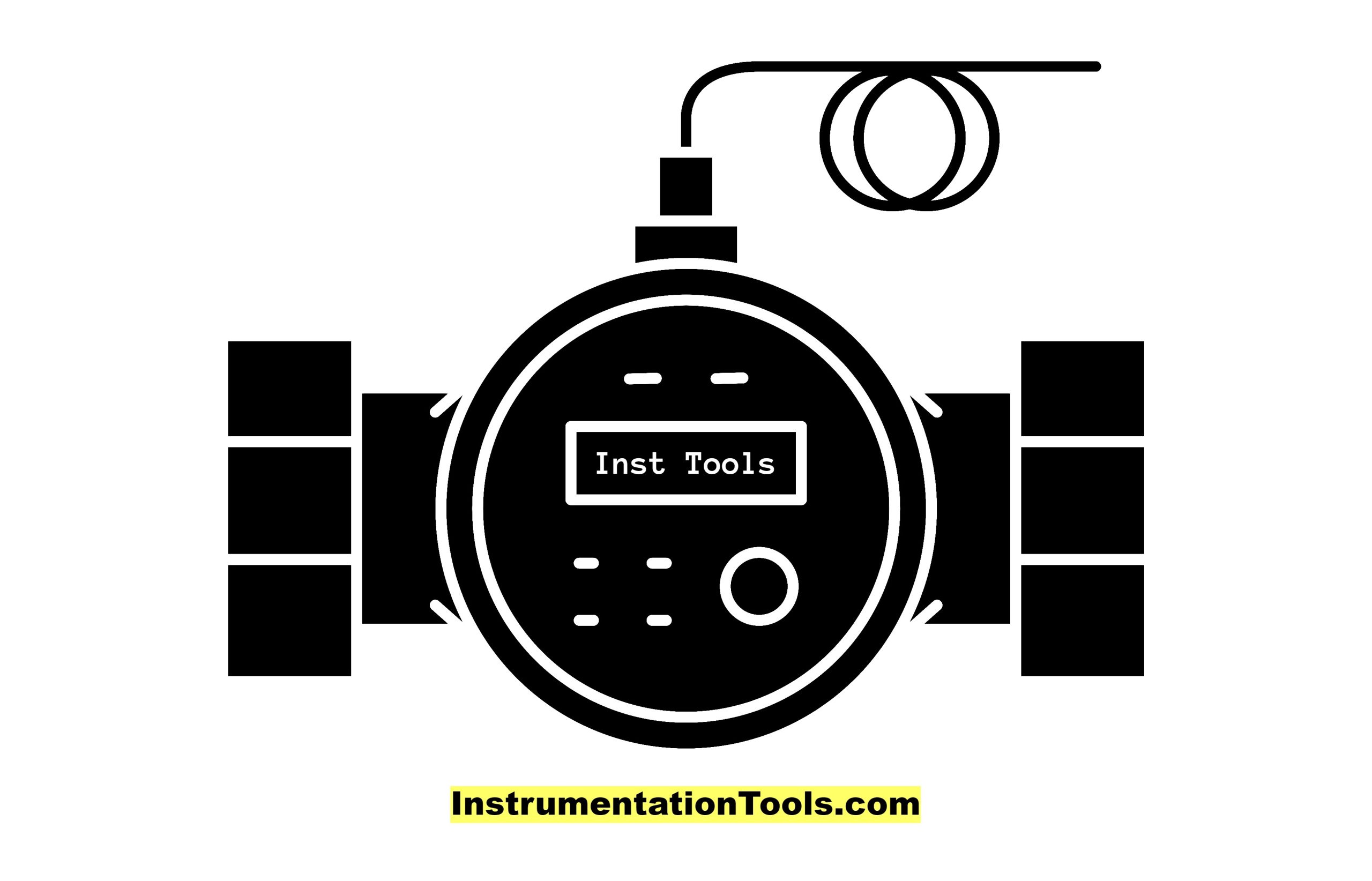
The flow thus calculated is derived by the formula – Voltage = meter specific constant*strength of magnetic field*fluid velocity*distance between electrodes (present in the magnet).
The generated electric field is nothing but a transducer output that is fed into a transmitter circuit to convert an electrical signal into flow-measured output that can be shown on its display. As the flow varies, the magnetic field will vary which will indirectly vary the electric field generated.
Ultrasonic
The ultrasonic flow meter is a rather simple technique and easy to understand. As the name defines, ultrasonic waves of very high frequencies are generated by the transmitter and radiated inside the pipeline.
The reflection time of the wave is calculated, which determines what flow is present inside. As the flow velocity varies, the time too will vary and you get a measured value of the flow in this way. Ultrasonic flow meters are highly accurate with a rating of ±1%.
Turbine
The turbine flow meter is also one of the highly accurate methods of flow measurement but is equally complex. This type is an extension of the magnetic flow meter. It consists of a multi-bladed rotor mounted at right angles to the fluid flow and suspended in the fluid stream on a free-running bearing.
The diameter of the rotor is slightly less than the inside diameter of the metering chamber, and its speed of rotation is proportional to the volumetric flow rate.
As the fluid velocity varies, the magnetic field too will vary and so will the induced emf. This generated voltage is then used to calculate the flow of the media. The turbine name comes from the turbine blades of the rotor which is rotated by the magnetic field and cut the magnetic flux lines, generating electrical voltage.
Mass
As the name defines, the flow element here works by determining the mass of the media. The flow of the media is directly proportional to the mass of the media. As the mass varies, either more solid or more liquid, it means that the flow is also varying and thus, the measurement is done.
Let us see its types one by one.
Thermal
The thermal flow meter works on the fact that whenever a fluid flows, some amount of heat is drawn from it due to the motion.
In a thermal meter, there are two temperature sensors, out of which one measures the current fluid temperature and the second measures the first-time temperature relative to zero flow. As the fluid flows, the temperature varies and this effect is then used to determine the flow of fluid.
Comparison of Flow Elements
The flow meters come in a variety of types, each with its own advantages, disadvantages, and optimal applications.
The table shows the comparison of the most commonly used flow element types.
| Parameter | Orifice Plate | Venturi Tube | Rotameter | Electromagnetic | Ultrasonic | Turbine | Coriolis | Vortex |
|---|---|---|---|---|---|---|---|---|
| Principle of Operation | Pressure drop | Pressure drop | Variable area | Electromagnetic induction | Ultrasonic waves | Mechanical rotation | Coriolis effect | Vortex shedding |
| Fluid Compatibility | Liquids, gases, steam | Liquids, gases, steam | Liquids, gases | Conductive liquids | Liquids, gases | Clean liquids, gases | Liquids, gases, slurries | Liquids, gases, steam |
| Accuracy | Moderate | High | Moderate | High | High | High | Very High | High |
| Pressure Loss | High | Low | Low | Low | Low | Moderate | Low | Low |
| Turn Down Ratio | Low | Low | Moderate | High | High | High | High | Moderate |
| Repeatability | Good | Good | Moderate | Excellent | Good | Excellent | Excellent | Excellent |
| Cost | Low | Moderate | Low | High | High | Moderate | Very High | High |
| Maintenance Requirement | Moderate | Low | Low | Low | Moderate | High | Low | Low |
| Electrical Requirements | None | None | None | Required | Required | Required | Required | Required |
| Installation Complexity | Moderate | Moderate | Low | Moderate | Moderate | Moderate | Moderate | Moderate |
| Rangeability | Limited | Limited | Moderate | Wide | Wide | Wide | Wide | Moderate |
| Sensitivity to Conditions | Sensitive to viscosity | Less sensitive to viscosity | Sensitive to viscosity & density | Not sensitive | Sensitive to fluid properties | Sensitive to fluid properties | Not sensitive | Sensitive to Reynolds number |
| Safety Aspects | Safe for flammable liquids | Safe for flammable liquids | Limited application in flammable liquids | Limited | Limited | Not recommended for flammable liquids | Safe for most applications | Generally safe |
Here’s a brief description of the terms used:
- Principle of Operation: The basic working principle that allows the flowmeter to measure flow rate.
- Fluid Compatibility: Types of fluids that can be measured by the flowmeter.
- Accuracy: How accurately the flowmeter can measure the flow rate.
- Pressure Loss: How much pressure is lost as fluid passes through the flowmeter.
- Turn Down Ratio: The range of flow rates the meter can accurately measure.
- Repeatability: How consistently the meter produces the same output for the same flow conditions.
- Cost: The relative cost to purchase and install the flowmeter.
- Maintenance Requirement: How much maintenance the flowmeter typically needs.
- Electrical Requirements: Whether the flowmeter needs electrical power to operate.
- Installation Complexity: How difficult it is to install the flowmeter.
- Rangeability: The range of flow rates that can be accurately measured.
- Sensitivity to Conditions: How much the flowmeter’s accuracy is affected by changes in fluid properties or flow conditions.
- Safety Aspects: Considerations about the flowmeter’s suitability for measuring flammable or hazardous liquids.
In this way, we saw the different types of flow elements.
If you liked this article, then please subscribe to our YouTube Channel for Instrumentation, Electrical, PLC, SCADA, and Industrial Automation video tutorials.
You can also follow us on Facebook and Twitter to receive daily updates.
- Bernoulli’s Principle and Equation
- Transmitter Calibration Frequency
- Instrumentation and Control Quiz
- Pitot Tube Troubleshooting Steps
- Ultrasonic Flow Meter Problems
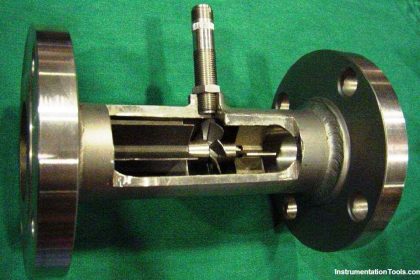
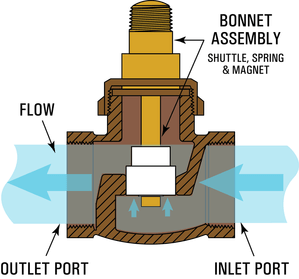
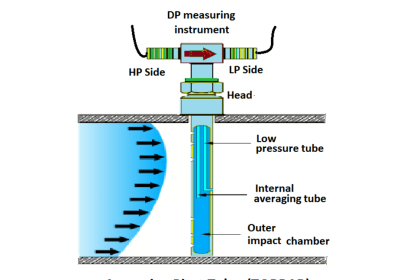
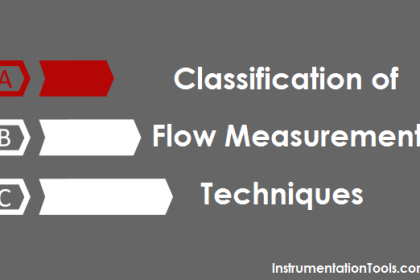
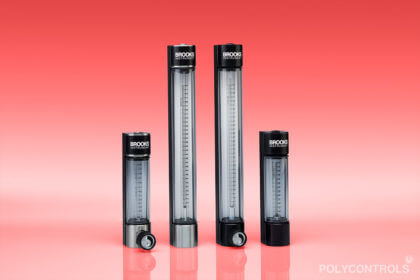
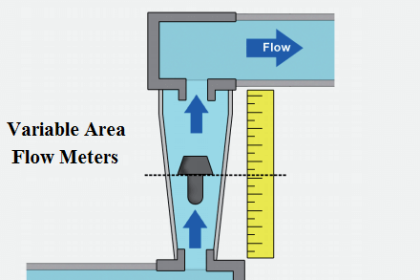
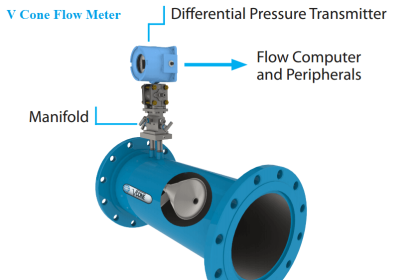

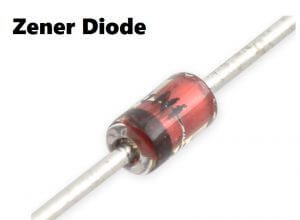



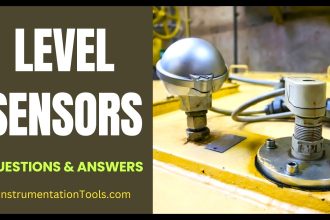
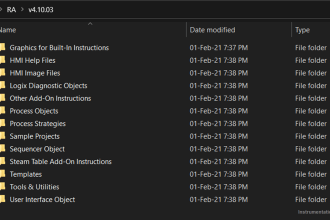

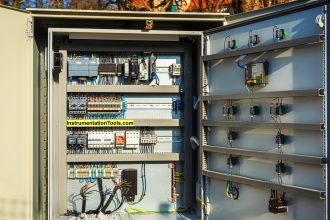

Thanks for the article. My comment is that is recommended and expected to add in the table the minimum flow capacity of each type. Much appreciated.